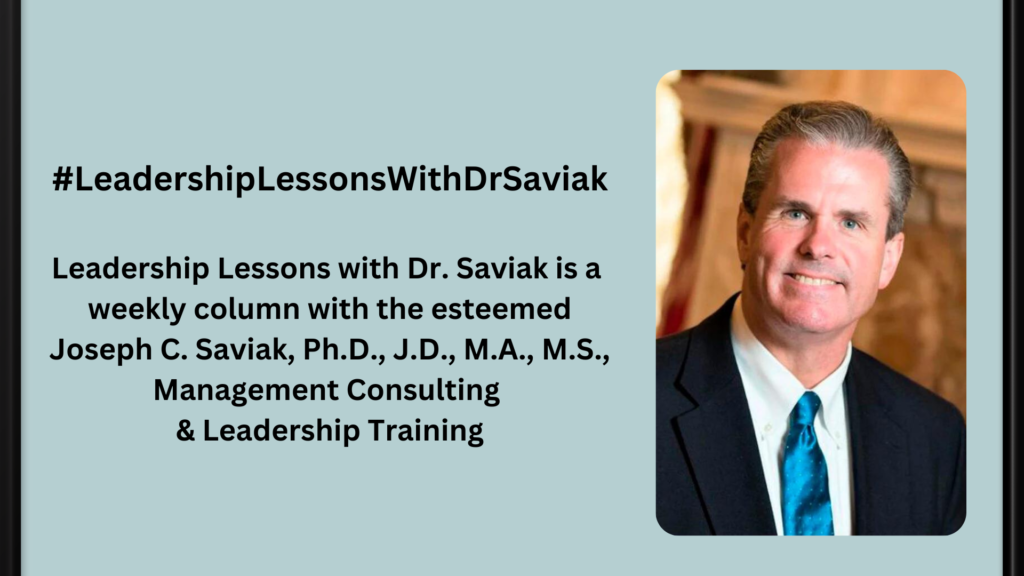A vitally important role of leadership is to invest time, energy, and effort to ensure others have the knowledge and skills to provide peak performance. It is also about developing leaders who can grow more leaders (Maxwell, 1998).
Leaders define success as helping others to succeed. They understand their team is their greatest resource and seek to maximize their potential (Abrashoff, 2002, Maxwell, 1998).
How?
Leaders serve as examples to instruct and inspire others. They are continually learning. They consume a lot of information. They know they don’t know everything and need to learn and grow. Their focus for everyone and themselves is 30 years of growth during a 30-year career (Abrashoff, 2002).
They provide plenty of quality leadership and professional development opportunities for the teams they lead. Leaders encourage members of their team to read or listen to books, watch videos, and access podcasts and webinars on key professional subjects and competencies and leadership. They motivate members of their team to attend classes and conferences, gain new certifications and credentials, spend time with mentors, meet and discuss leadership, and become active in professional associations. Professional associations enable us to learn from others in our industry. Through participation, best practices and lessons are acquired. By being involved, those they lead can interact with leaders and professionals from different organizations and learn about resources and tools which can aid in productivity and performance. This experience enables participants to gain relationships so you can access their counsel on problems and opportunities. In fact, a key metric of organizational success is if employees are active and assuming leadership roles in regional, state, and national professional associations.
Leaders work with members of their team on specific and individualized professional and leadership development plans and aid them in strategies for career growth. They identify strengths to optimize and areas for improvement to help team members fulfill their potential (Abrashoff, 2002; Maxwell, 1998; Welch, 2009). They see people development as a major role and responsibility. Their daily schedules involve significant time spent observing, evaluating, mentoring, and coaching members of their team. They follow up to see if gains in learning and performance are actually occurring. They want to ensure they are giving every tool, resource, and experience to help others be at their best (Abrashoff, 2002, Maxwell, 1998).
Leaders create and foster a culture of professional growth and leadership development. Everyone at all levels in the organization understands that they must be growing as professionals and leaders and helping others to do the same. Everyone sees the success of others as their job and enthusiastically embraces this mission. Managers and supervisors are promoted and evaluated on the key metric of how much they do to aid those they lead to thrive and excel (Abrashoff, 2002; Welch, 2009). The executive or manager who does not concentrate on this critical role will not last in leadership in this type of organization.
Jack Welch once observed about leadership that “you have to love it when other people win.” Your job as a leader is to help make sure they do.















































